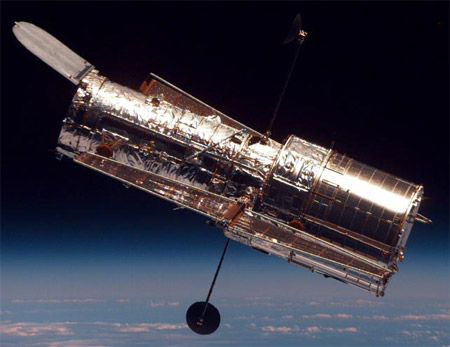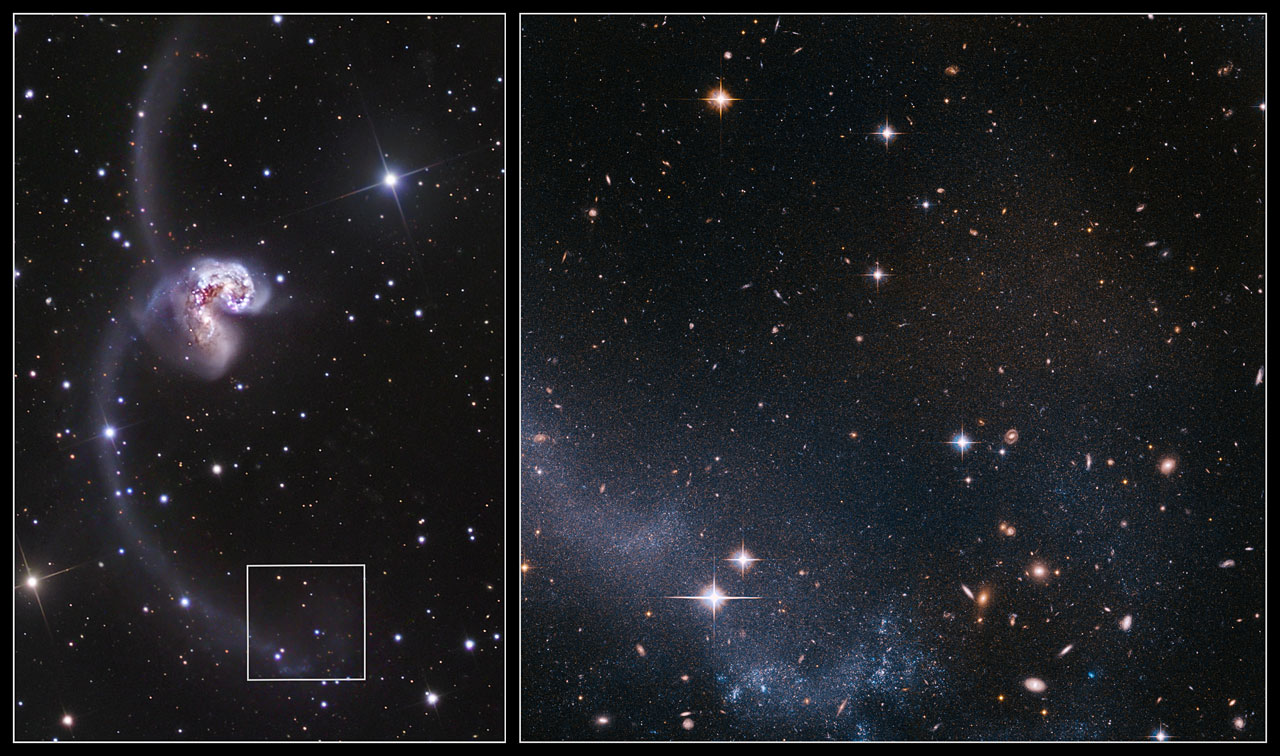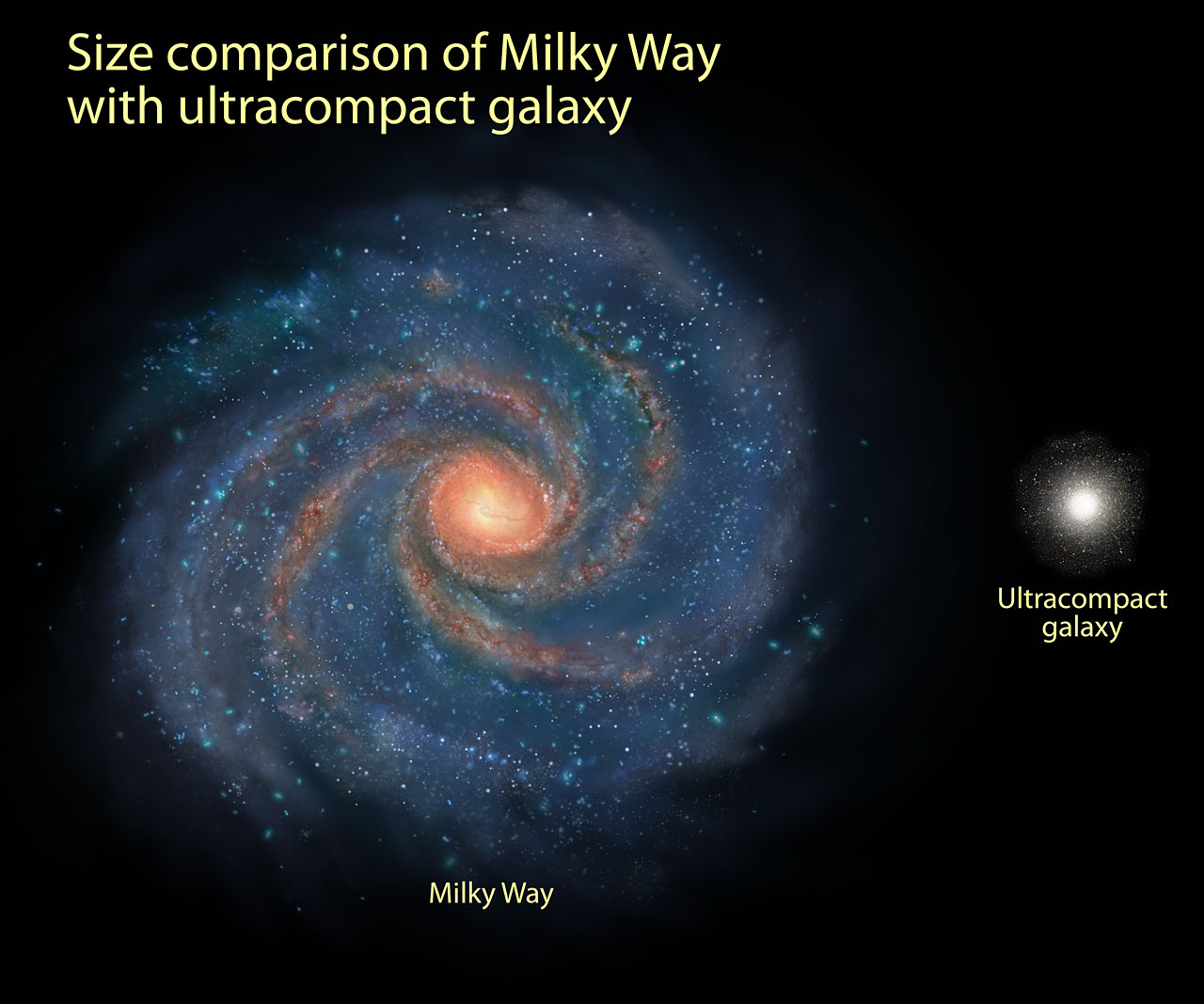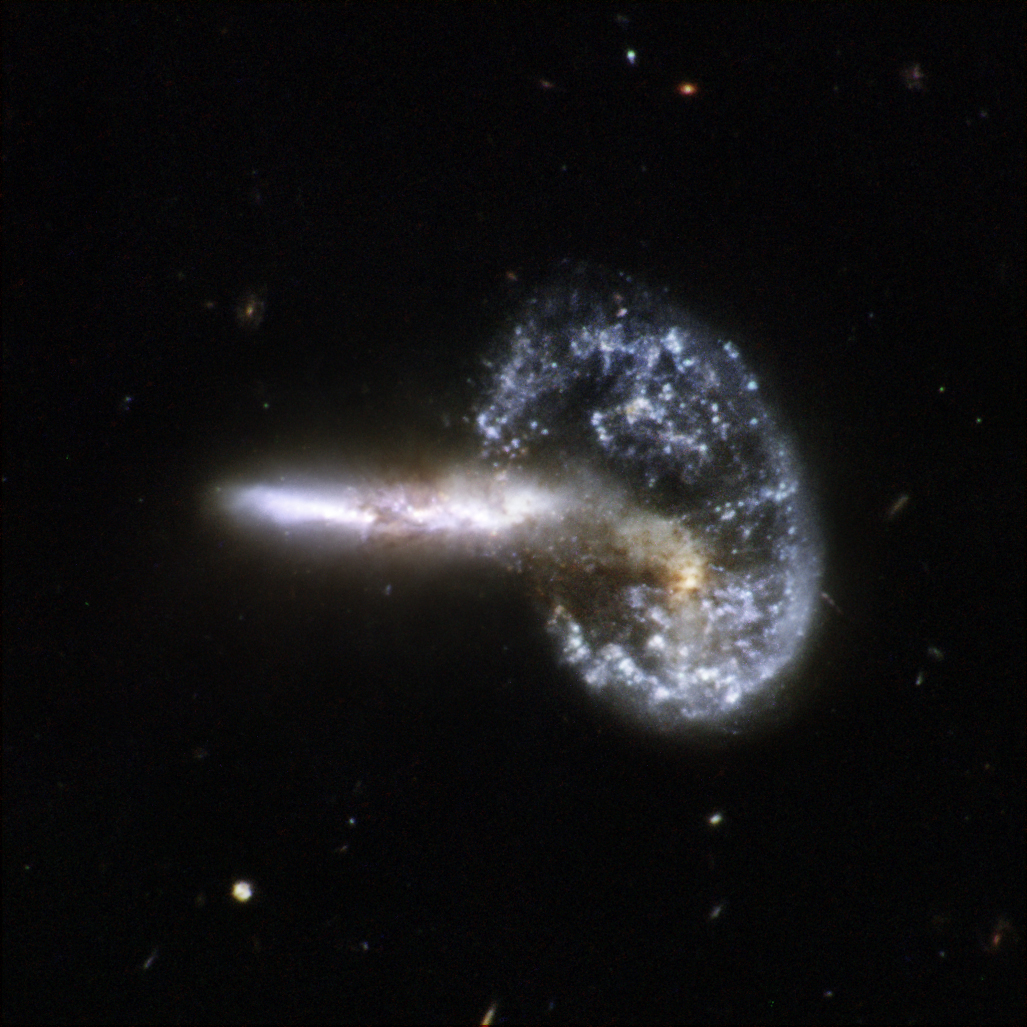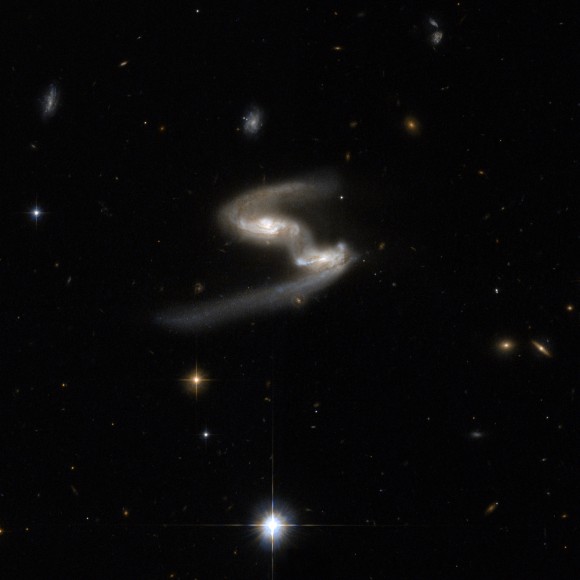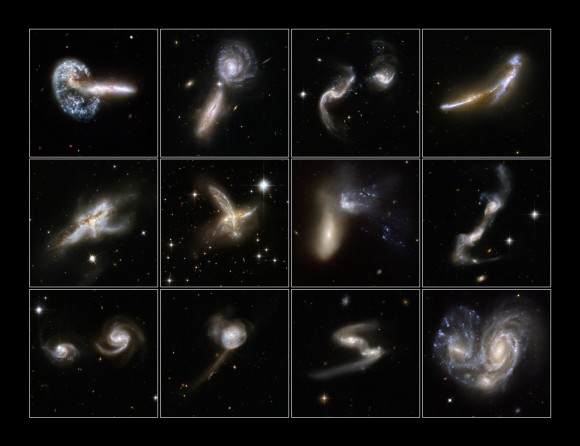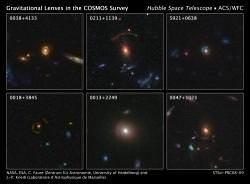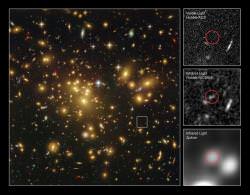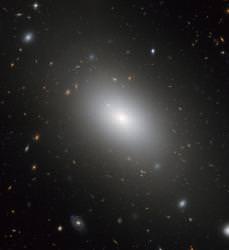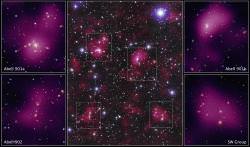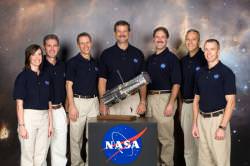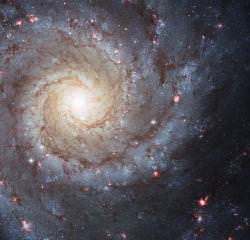Does your cell phone bill ever reach astronomical proportions? Maybe you’re doing too much texting. One space scientist has worked out that sending texts via mobile phones works out to be far more expensive than downloading data from the Hubble Space Telescope. Dr. Nigel Bannister from the University of Leicester looked at the cost of obtaining a megabyte of data from Hubble and compared it with the cost of sending a text. His calculations? “The bottom line is texting is at least 4 times more expensive than transmitting data from Hubble, and is likely to be substantially more than that.”
Bannister says, “The maximum size for a text message is 160 characters, which takes 140 bytes because there are only 7 bits per character in the text messaging system, and we assume the average price for a text message is 5 pence (about .10 USD). There are 1,048,576 bytes in a megabyte, so that’s 1 million/140 = 7490 text messages to transmit one megabyte. At 5p each, that’s £374.49 ($734.25 USD) per MB – or about 4.4 times more expensive than the ‘most pessimistic’ estimate for Hubble Space Telescope transmission costs.â€
Dr Bannister said NASA provided the numbers of £8.85 ($17.33 USD) per megabyte for the transmission of data from HST to the Earth.
“This doesn’t include the cost of the ground stations and the time of the personnel along the way, but it is an unambiguous number for that part of the process. So that’s £8.85 to get each MB from Hubble, to the first point of contact on the ground, but no further. Hence we need to go a little bit further to estimate exactly how much it costs to transmit data from Hubble to the end user – i.e. to the data archive which scientists can access. This is difficult, so I had to make some conservative assumptions.â€
Dr. Bannister estimated the cost of the data from Hubble could vary between £8.85 and £85 per MB- much cheaper than the £374.49 per MB cost of transmitting one MB of text.
Surprised by the results, Bannister said, “Hubble is by no means a cheap mission – but the mobile phone text costs were pretty astronomical!â€
Original News Source: Physorg.com

